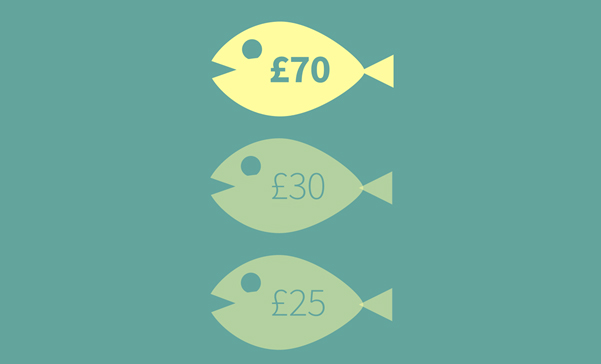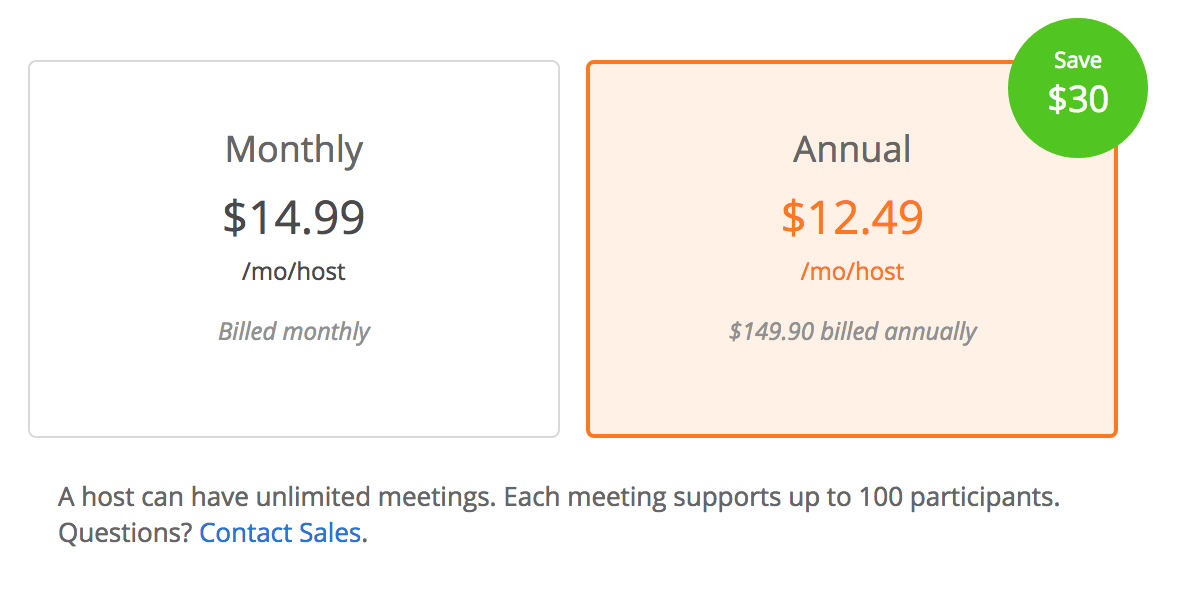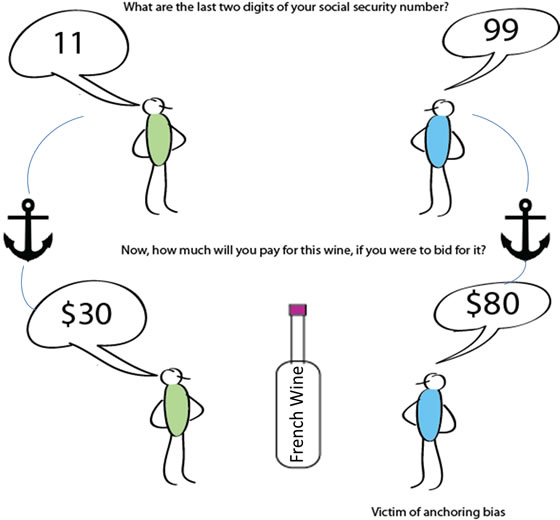


#Describe the anchoring biases movie
If you’ve ever sat through a bad movie simply because you’ve already put an hour into it, you’ve fallen victim to this fallacy. The Sunk Cost Fallacy involves the refusal to abandon a thought or investment that is not rewarding or possibly even damaging simply because we have invested a lot of time, thought, energy, effort, or even money into it. We invest our energy into a lot of things, even things that do not reward us. Likewise, a person with significant competence should avoid the urge to overprocess and overthink their skill-based decisions. A person with limited abilities may tap into their ego and think they are more qualified than they are. You should not make decisions based on your assessment of your own skills, as it can be easy to overestimate and underestimate your abilities. A skilled biologist makes a discovery but wonders if they were wrong due to a lack of perception of their own skills. For example: A dad with absolutely no plumbing skills is confident he can fix an extremely complex leak. This bias involves the overestimation and underestimation of one’s abilities. The Dunning-Kruger Effect is one that we’ve all seen before– and sometimes even have fallen victim to. You can tackle this bias by taking a step back to think is the price is actually a good price, or if you are perceiving the value of the product incorrectly. This can be quite an issue when purchasing small or very large things. However, the product may not be worth what you paid for it and may not even be something you really wanted. For example: You’re negotiating the cost of a product and are happy when you are able to purchase that product for the negotiated discount of $5. The Anchoring Effect involves focusing a little too much on the first bit of information you are given when making a decision. Rather, look at the facts and measure all the factors involved. Try to think critically and avoid relying heavily on the opinions of your peers. Unfortunately, this isn’t always the wisest decision to make. When we look at positive or affirming indications from online reviews, it might seem like purchasing an item is a good idea because everyone else is doing this. Human beings are social creatures by nature, and the behavior of the heard is determined by our perception of majority thought. This bias involves believing or even performing an action based on the fact that the people around you are also doing or believing the same thing. Most people will be able to identify with these very common biases, but some of these biases might just surprise you! The Bandwagon Effect Bias

10 Common Biases That Affect How We Make Everyday Decisions In this guide, we’ll break down ten common biases that affect how everyone makes their everyday decisions, so you can learn and improve your mental health. In order to make the healthiest and most informed decisions, it helps to recognize the kinds of biases that one might have. Some of those decisions are very benign, while others are very important. Factors like our environment, lived experiences, upbringing, and emotions heavily influence our ability to make decisions. We make thousands of decisions each and every day. In fact, when one understands a bias that they might have, one can learn to combat that bias and think more critically. The non-so-good aspect of this is that sometimes, the biases we hold might lead to bad decisions or at the very least decisions that are not healthy or fair. Human beings naturally have biases as a way of making decisions that feel safe and right. This isn’t necessarily an inherently bad thing, either.

Cognitive biases affect virtually everything in our day-to-day lives.


 0 kommentar(er)
0 kommentar(er)
